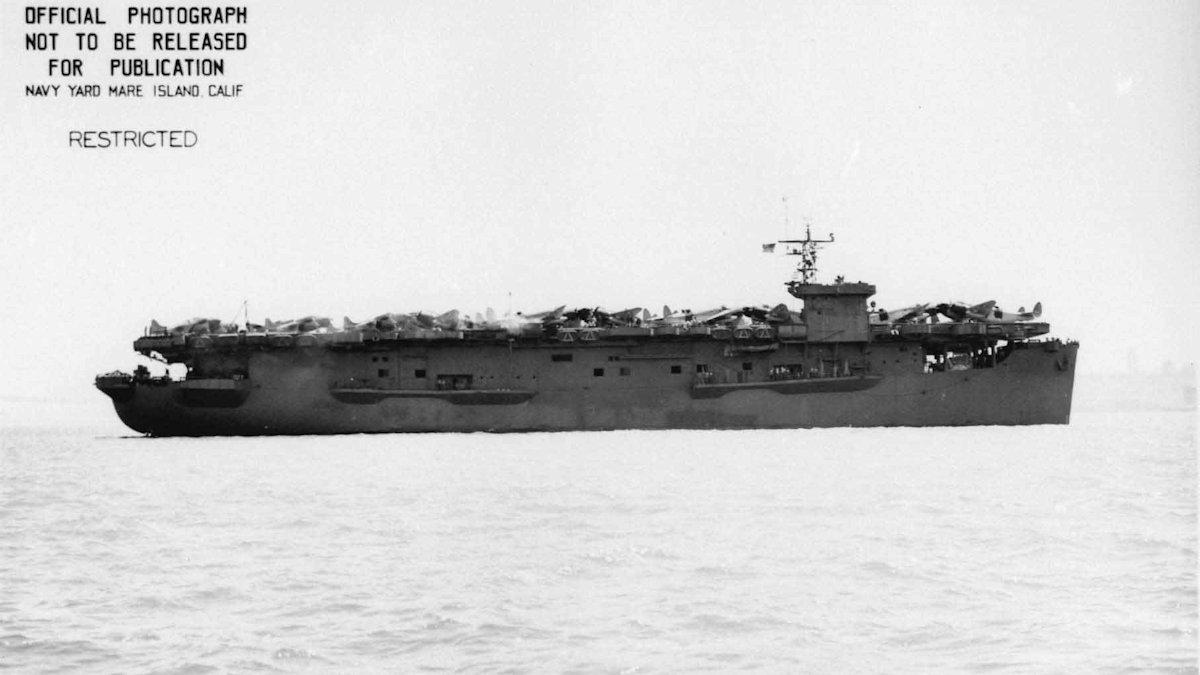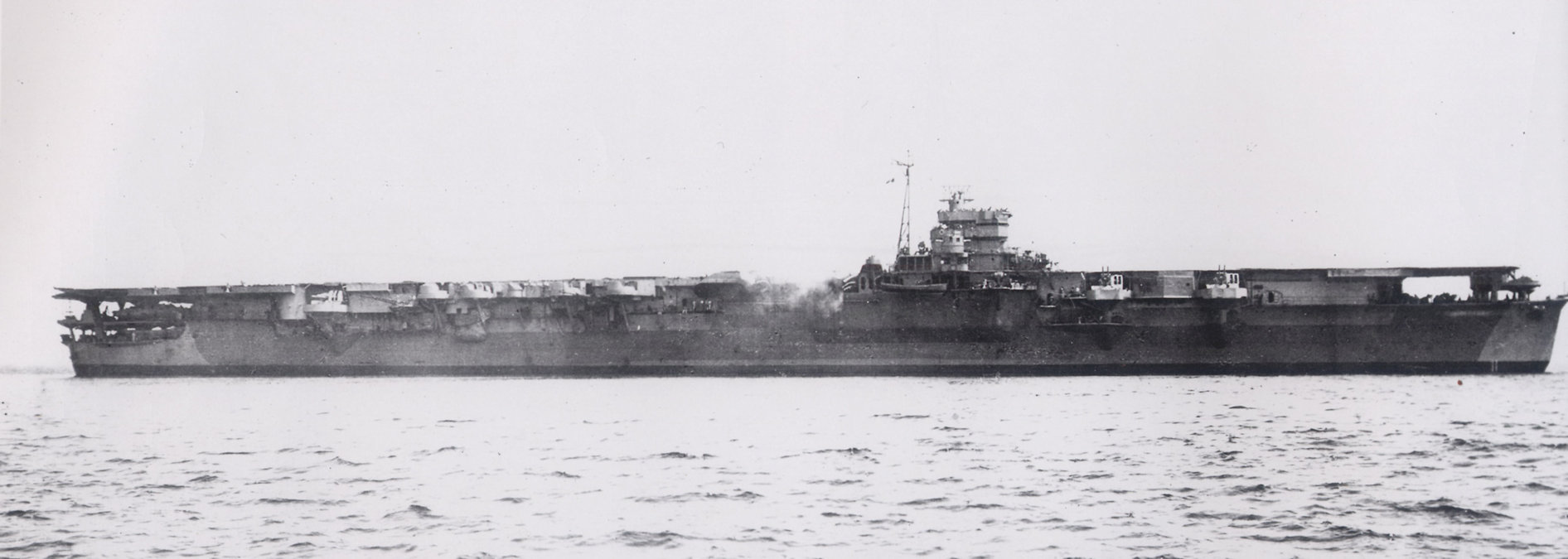Tag: aircraftcarrier
-
US Escort Carrier USS Copahee CVE-12

US Escort Carrier USS Copahee CVE-12 The Bogue-class escort carrier USS Copahee (CVE-12) was launched on 21 October 1941 and commissioned on 15 June 1942. Originally classified AVG-12, this was changed to ACV-12 on 20 August 1942 and to CVE-12 on 15 July 1943 Her final designation was CVHE-12 allotted on 12 June 1955. Once… Read more
-
Japanese Aircraft Carrier Unryū

Japanese Aircraft Carrier Unryū The lead-ship of her class, Unryu was launched on 25 September 1943 and commissioned on 6 August 1944. For her maiden sea voyage, she was loaded with thirty Yokosuka MXY7 Ōhka kamikaze rocket planes for transport to Manila in the Philippines. Four days after departing Kure, Hiroshima she was sunk by… Read more